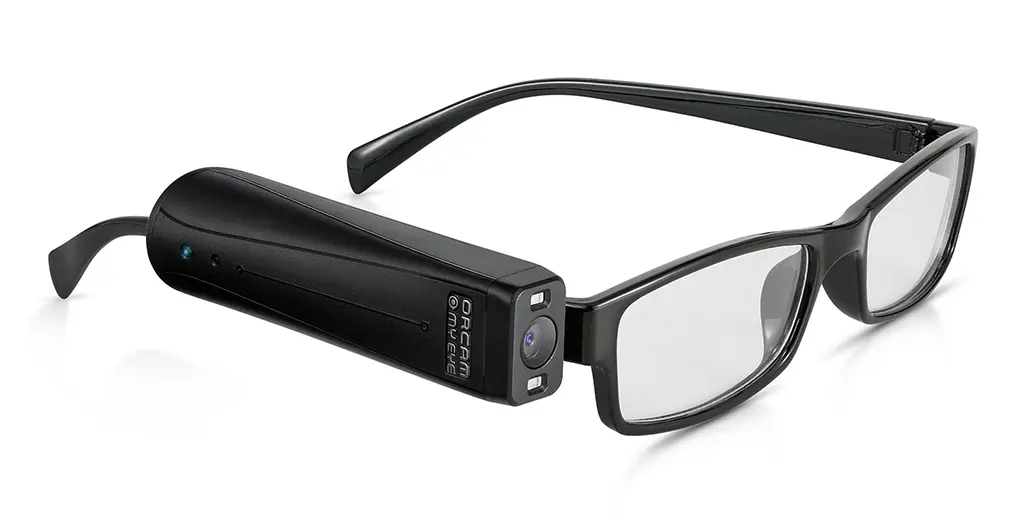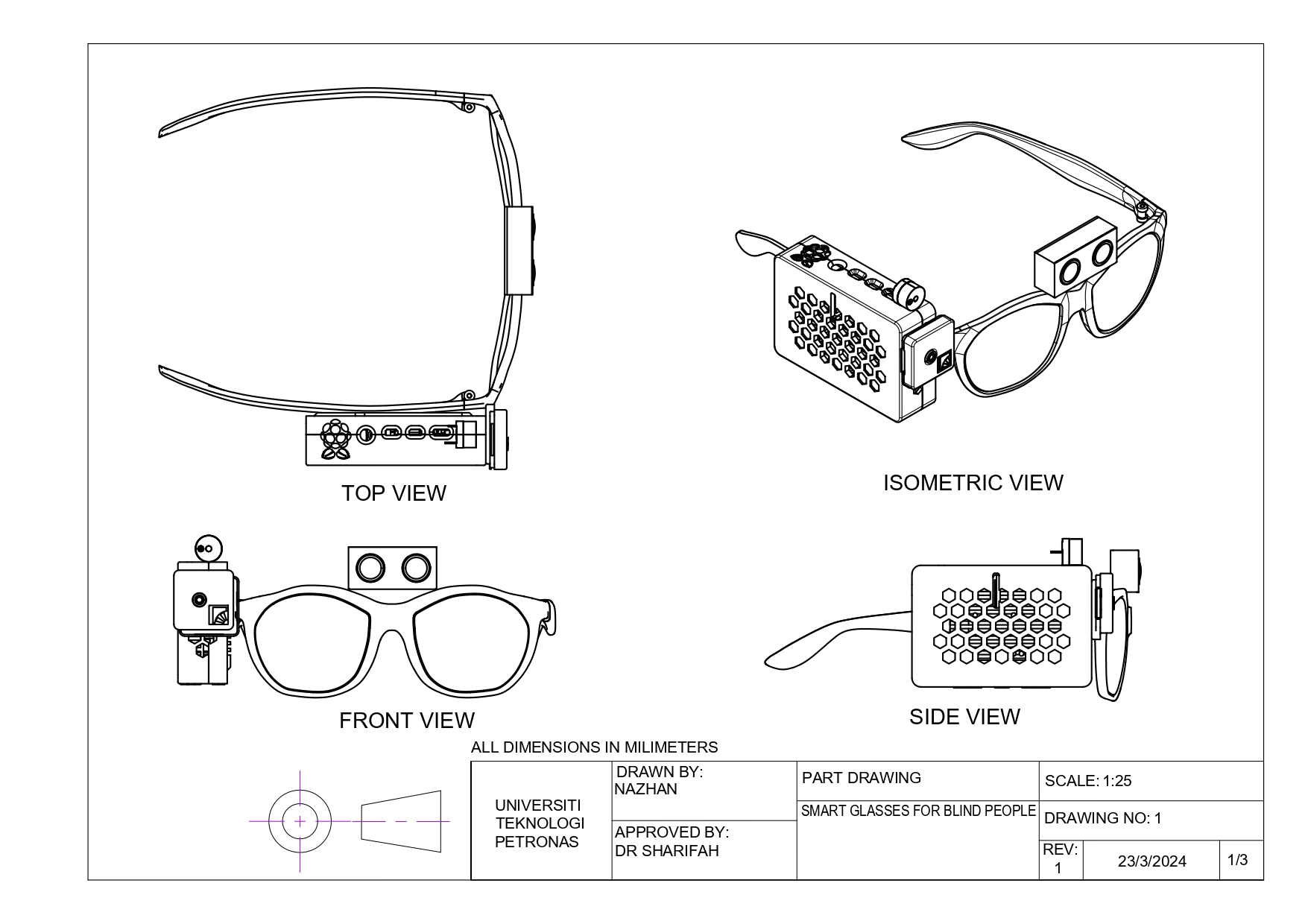How Smart Glasses for the Visually Impaired Are Revolutionizing Daily Life
How Smart Glasses for the Visually Impaired Are Revolutionizing Daily Life
Blog Article
Empowering Freedom With Assistive Modern Technology for the Blind
The assimilation of assistive innovation for individuals that are blind or visually impaired represents a significant improvement in cultivating self-reliance and enhancing lifestyle. With a variety of devices-- from display visitors to innovative tactile devices-- these technologies not just assist in navigation and communication yet also promote social incorporation and engagement in various aspects of life. As we check out the diverse kinds of assistive gadgets and their real-world applications, it comes to be clear that the impact is extensive. Yet, the advancement of this modern technology elevates vital inquiries about availability and future developments that necessitate more evaluation. Assistive technology for the blind.
Understanding Assistive Technology
Although assistive modern technology has actually progressed dramatically for many years, its essential function stays the exact same: to improve the high quality of life for individuals with disabilities, especially those that are blind or visually impaired. This modern technology incorporates a broad series of tools and gadgets that assist in self-reliance and functionality in day-to-day tasks.
Assistive modern technology can be categorized into sophisticated and low-tech services, each created to fulfill specific demands. High-tech gadgets often consist of software program applications, specialized hardware, and flexible devices that use innovative modern technology to supply support in various contexts. On the other hand, low-tech services might entail everyday items that are customized to improve accessibility, such as magnifiers or responsive markers.
The integration of assistive innovation right into the lives of people that are blind or aesthetically impaired not just advertises freedom yet additionally promotes social inclusion and participation in academic and specialist atmospheres. By leveraging these technologies, individuals can browse their environments, gain access to information, and communicate efficiently, thus enhancing their overall top quality of life. Comprehending assistive technology is essential for advocates, caretakers, and experts who intend to sustain people in optimizing their prospective and achieving better freedom.
Types of Assistive Gadgets
Assistive gadgets for the blind and aesthetically impaired are vital devices that boost daily living by resolving specific challenges come across by customers. These gadgets can be generally categorized right into 3 main types: optical devices, electronic gadgets, and sensory tools.

Sensory gadgets, such as Braille displays and tactile maps, provide alternative methods to get info. Braille displays convert digital text into Braille, enabling individuals to go through touch. Responsive maps offer spatial understanding with increased appearances and lines, permitting for far better ecological understanding.
With each other, these assistive tools equip people with visual disabilities to involve even more totally with their surroundings, promoting higher freedom and self-confidence in day-to-day tasks.

Effect On Life
The integration of assistive modern technology right into the day-to-day lives of people who are visually damaged or blind substantially boosts their capacity to interact and browse with the world around them. Tools such as display visitors, Braille shows, and mobile applications help with access to information, permitting customers to engage with electronic material, communicate efficiently, and handle day-to-day jobs independently.
Moreover, innovations like smart glasses and navigating applications provide real-time support in unfamiliar atmospheres, boosting wheelchair and confidence. These tools allow individuals to recognize barriers, reviewed indications, and even recognize faces, therefore cultivating a sense of autonomy in public spaces. Furthermore, home automation systems, which can be controlled with voice commands, permit individuals to handle their living environments a lot more efficiently, boosting comfort and security.
The impact of assistive technology extends beyond functional tasks; it promotes social inclusion and psychological well-being. By bridging the space in between individuals and their surroundings, these technologies equip individuals to get involved completely in area activities, pursue academic opportunities, and involve in purposeful partnerships. Eventually, the advancement of assistive modern technology is critical in redefining the possibilities for individuals who are aesthetically damaged or blind, bring about an get more extra comprehensive and accessible society.
Success Stories and Reviews

Another effective review originates from Mark, a recent university grad who utilized screen analysis software throughout his scholastic trip. This technology allowed him to gain access to program materials and take part in conversations, eventually causing his effective change right into the workforce. Mark credits assistive modern technology for empowering him to achieve his job goals, emphasizing its duty in leveling the having fun area for people with aesthetic problems.
Additionally, neighborhood facilities have actually reported enhanced engagement in their programs many thanks to the introduction of obtainable electronic systems. These systems have made it less complicated for people to link, share resources, and support each other. These success tales collectively highlight the extensive effect of assistive innovation in fostering freedom, enhancing lifestyle, and breaking down barriers for the blind and aesthetically damaged community.
Future Fads in Assistive Technology
Emerging modern technologies are poised to revolutionize the landscape of assistive tech for individuals that are blind or visually impaired. Technologies in expert system (AI) and artificial intelligence are enhancing the capabilities of gadgets, allowing more user-friendly customer experiences. For instance, AI-driven applications are increasingly able to check out and recognize things message aloud in real-time, supplying users with valuable details about their environments.
In addition, improvements in wearable technology are producing new possibilities for freedom. Smart glasses furnished with increased reality functions can overlay crucial info onto the user's line of vision, facilitating navigating and communication with the atmosphere. The integration of Web of Points (IoT) devices is streamlining availability in smart homes, allowing users to control appliances and get notifications with voice commands or tactile interfaces.
The development of braille screens and tactile responses systems is additionally increasing, advertising access to electronic web content and improving interaction. As these innovations proceed to evolve, they assure to boost day-to-day living, academic opportunities, and employment leads for people with visual impairments. Continual cooperation between engineers, individuals, and campaigning for groups will be necessary in guaranteeing these technologies satisfy the needs of the community effectively.
Verdict
To conclude, assistive modern technology plays a pivotal function in improving the independence of people who are blind or visually impaired. By providing essential tools and resources, these technologies assist in enhanced navigation, gain access to, and communication to details, thereby fostering autonomy and confidence. The transformative impact of assistive devices not only promotes reliable interaction with the environment however additionally encourages social Homepage incorporation and involvement in numerous aspects of life, inevitably empowering individuals to grow within their communities.
The combination of assistive innovation for people who are visually impaired or blind stands for a substantial innovation in cultivating self-reliance and boosting top quality of life.The assimilation of assistive technology into the lives of people who are blind or visually hindered not only advertises autonomy however additionally promotes social addition and participation in educational and professional atmospheres. Ultimately, the advancement of assistive technology is crucial in redefining the possibilities for people who are visually damaged or blind, leading to an extra available and inclusive society.
Numerous people that are blind or aesthetically damaged have shared inspiring success tales that highlight the transformative impact of assistive innovation on their lives.In verdict, assistive technology plays a crucial duty in improving the freedom of people who are blind or aesthetically impaired.
Report this page